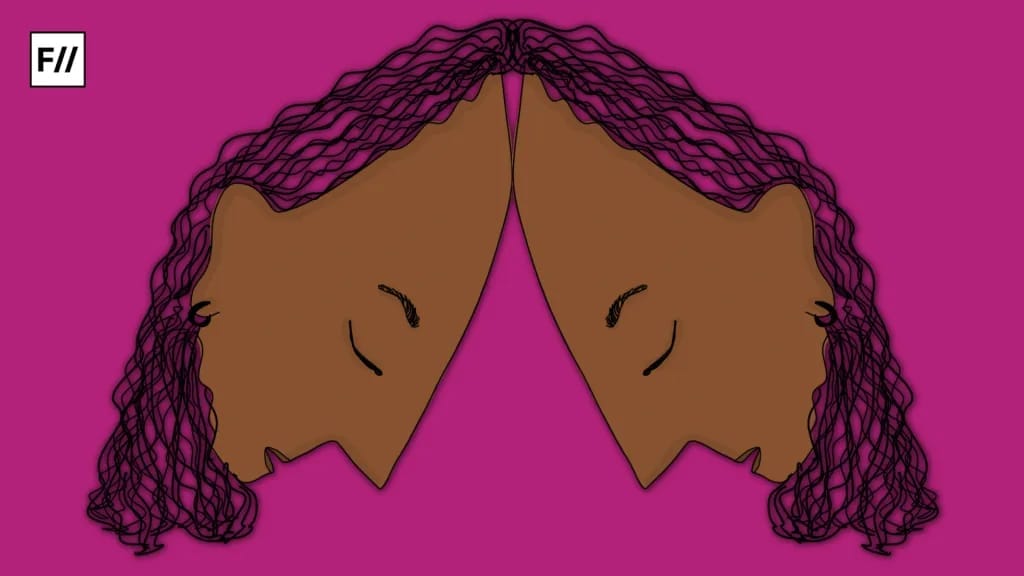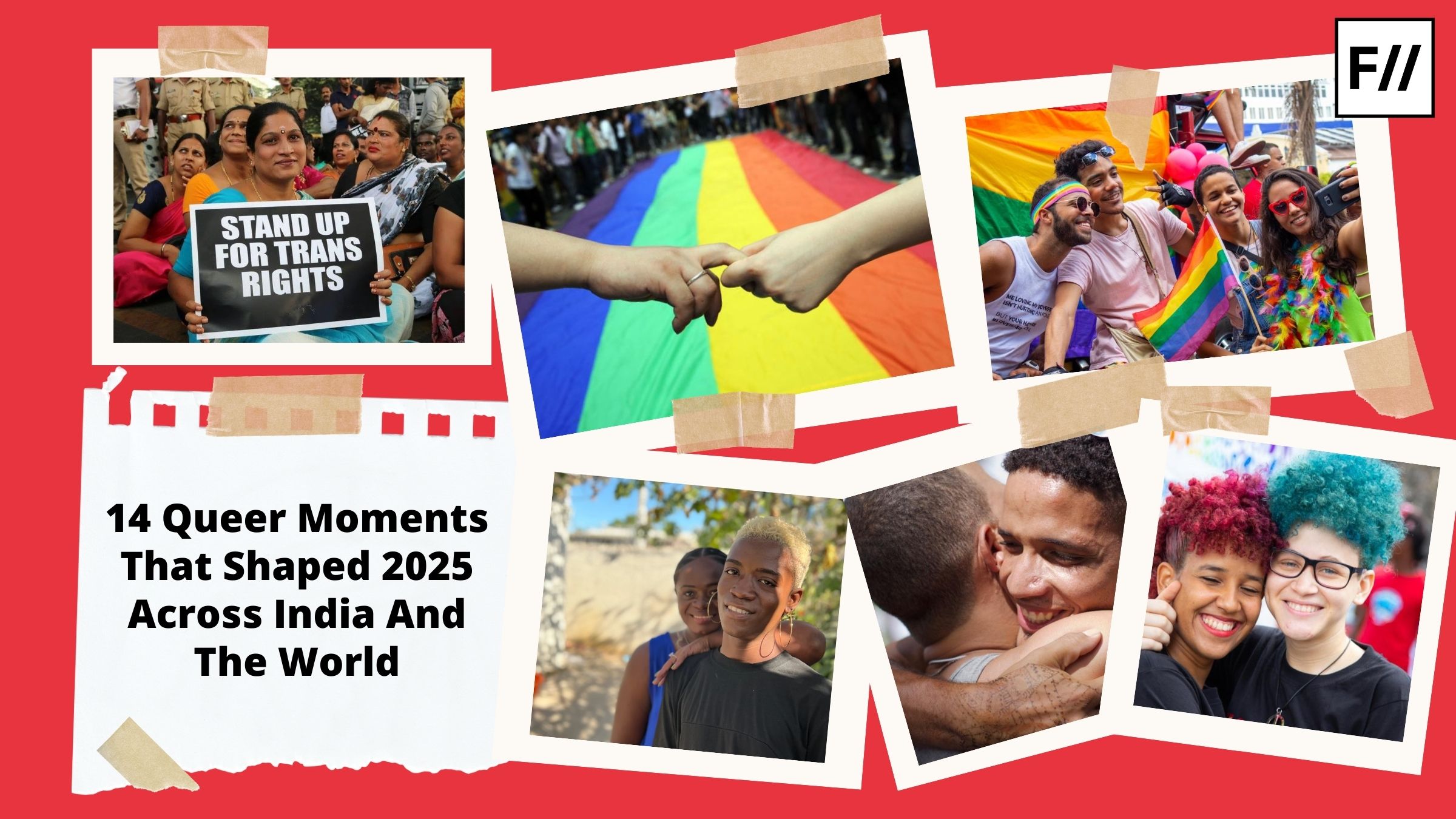Dating apps have become a mainstay of modern relationships. While the benefits and drawbacks of meeting people online and choosing partners with the help of an algorithm are being increasingly discussed and scrutinised, one facet of this that requires immediate policy consideration is the safety aspects associated with these apps. Impersonation, harassment, data privacy concerns, and financial fraud can all exist within the ambit of online dating. Of these safety concerns, one glaring issue that is often overlooked is minors who are not of age accessing such apps, which makes them vulnerable to predators and various forms of abuse.
One such case took place in Kerala’s Kasargod. The Kerala police have booked sixteen people so far in connection with a child sexual assault case. In 2023, a then fourteen-year-old boy created an account on the dating app Grindr. Several adult men befriended the young boy and assaulted him over the course of two years. Fifteen FIRs have been registered so far, across multiple districts in the state. Twelve of the accused have been arrested. The incident came to light when the child’s mother saw a man at their house, who fled upon seeing her. Following this, she registered a police complaint.
Mandatory age verification on dating apps
The case highlights the need for mandatory age verification on dating apps. Grindr, like all other dating apps, requires users to self-declare their age. While these apps are intended only for users over the age of eighteen, there are no systems in place to verify that users have declared their correct age. This means that children can misstate their age and create profiles on these apps.
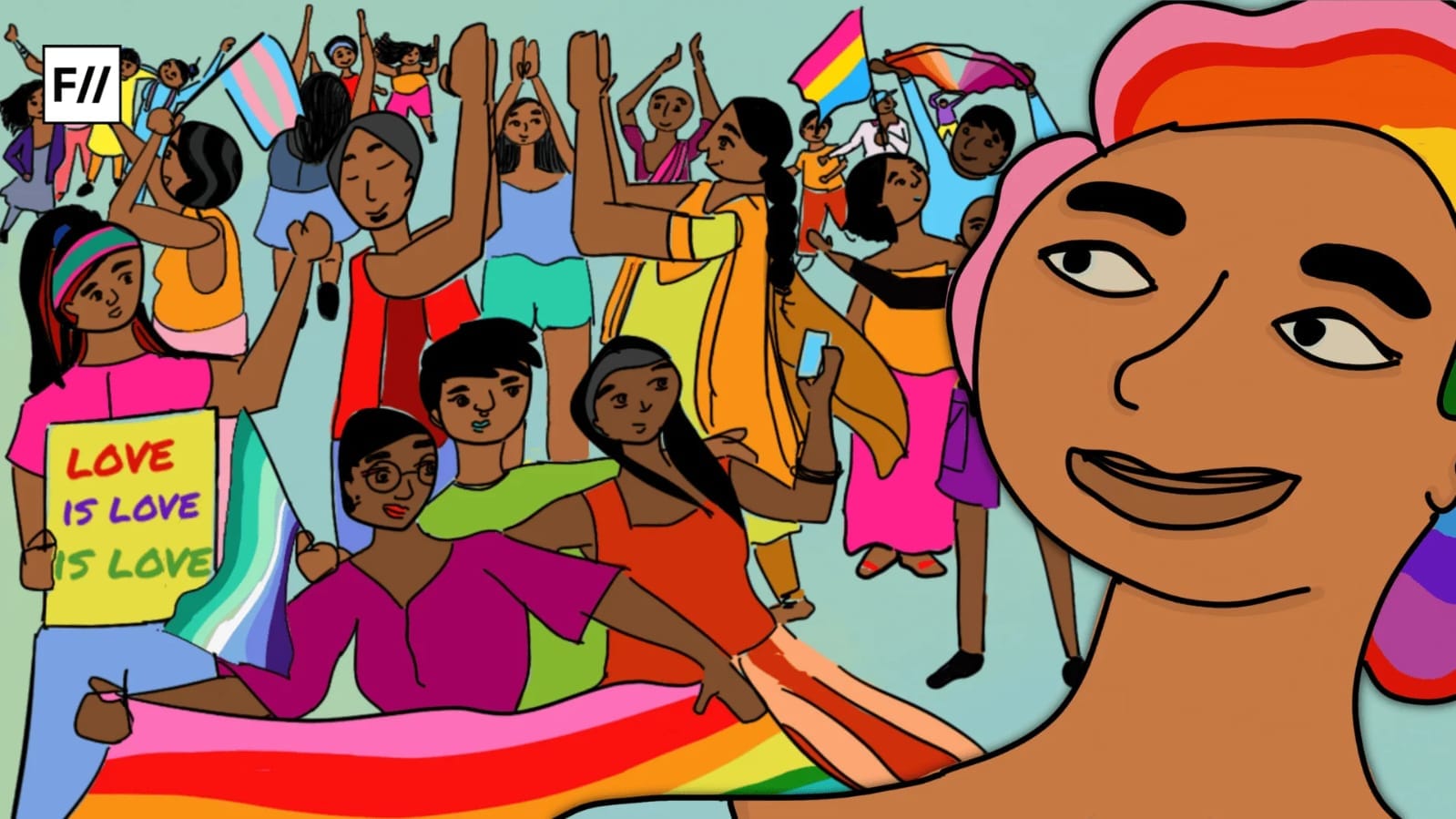
Children accessing dating apps comes with a world of online and offline dangers. On dating apps, with their predominantly adult user base, children are highly likely to meet predators and face various forms of financial, emotional, physical, and sexual abuse. Therefore, ensuring children do not access such age-inappropriate services is an urgent need that needs to be addressed through appropriate legal and policy interventions.
Dating apps operating in the UK, including Grindr, have begun the process of verifying the ages of users because a new law mandates it. For these apps to continue operating in the country, they have to verify each user’s self-declared age. To ensure the safety of children, India needs similar legal provisions that make age verification a mandatory legal requirement for dating apps to operate in the country.
Age-based restrictions across the internet are often ineffective because they all work on a self-declaration model. While verifying each user’s age can be time-consuming and expensive, the failure to verify the ages of users on the internet, even outside of dating apps, can be catastrophic.
While verifying each user’s age can be time-consuming and expensive, the failure to verify the ages of users on the internet, even outside of dating apps, can be catastrophic.
Without robust age verification beyond self-declarations, children are exposed to an endless stream of age-inappropriate and harmful content. However, in the case of dating apps, the risk isn’t only psychological and developmental. Dating apps become an easy way for predators to prey on children by making access easier and allowing them to use a legitimate avenue that wouldn’t raise any red flags to do so. Further, dating apps are popular and highly visible, which makes it more likely that children would have knowledge of them and would access them, unlike obscure websites. So, while revamping age-verification systems to protect children is essential across the internet, this is even more true of dating apps.
Expanding provisions related to sexual violence in the law
Beyond age verification measures, there is an urgent need to expand provisions relating to sexual violence in Indian law. In this case, since the victim is a minor, the Protection of Children from Sexual Offences (POCSO) Act, 2012, will be used to charge and prosecute the perpetrators. While POCSO is gender neutral, both in terms of the victim’s gender and the perpetrator’s, provisions relating to sexual violence against adults in Indian law are not.
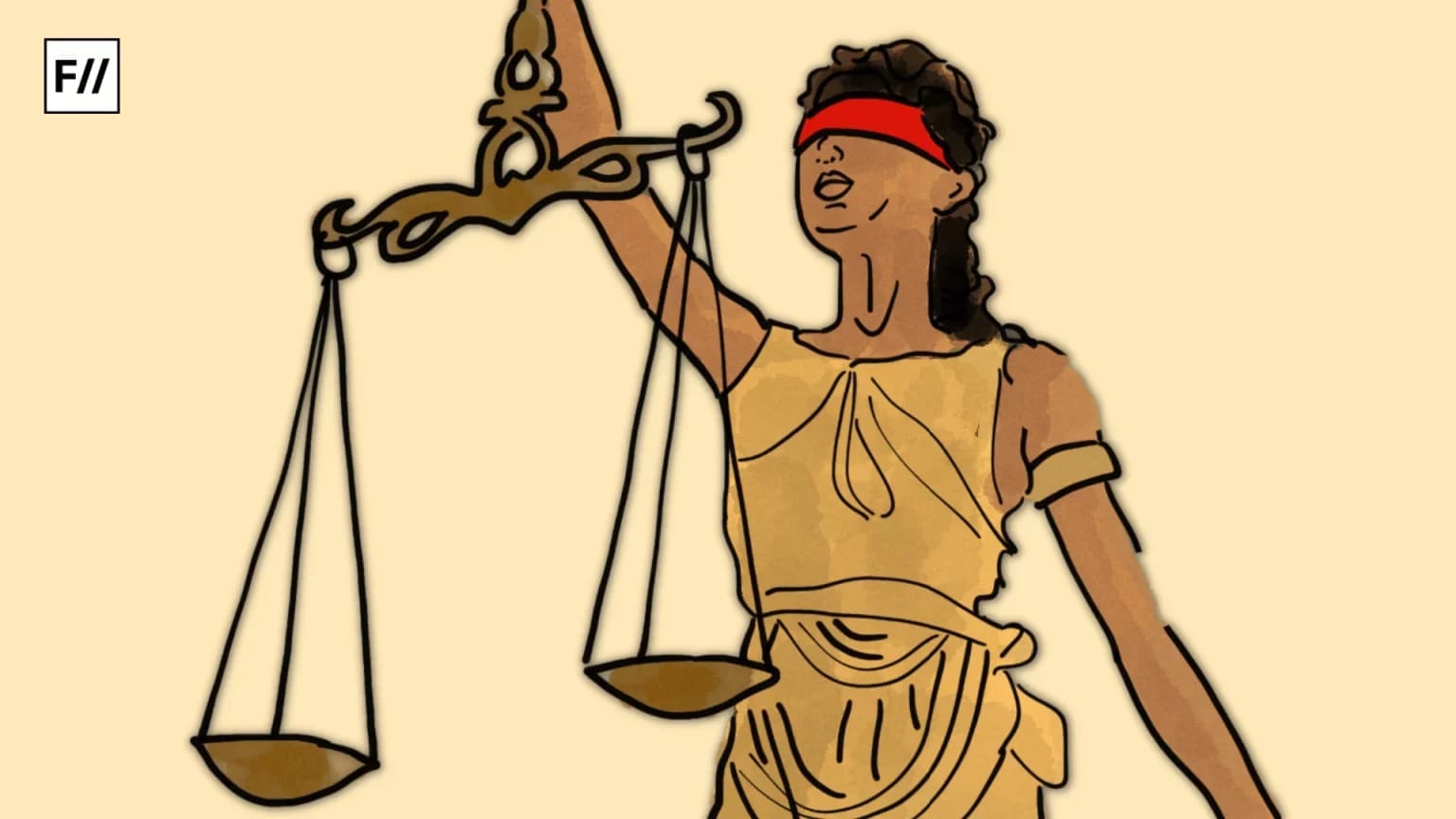
After the Indian Penal Code (IPC) was replaced by the Bharatiya Nyaya Sanhita (BNS) in 2024, no provisions exist to address sexual violence against adults who face abuse from perpetrators of the same sex. The law also doesn’t recognise sexual violence against men or transgender persons. Rape laws in India only recognise cases where cis-women are victims and cis-men are perpetrators.
However, Section 377 of the IPC recognised sexual violence where the victim and perpetrator were of the same sex. After being read down by the Supreme Court in Navtej Johar vs Union of India, provisions in the Section that criminalised consensual sex among same-sex partners were removed, but the Section was still used to prosecute non-consensual sex. Essentially, it acted as a provision for addressing cases of sexual violence where the victim and perpetrator were of the same sex.
Although it is important to understand that sexual violence legislation is gendered to minimise the risk of these laws being abused to silence victims. If sexual violence laws take a blanket gender-neutral approach, then women who file cases of sexual violence against men can have retaliatory cases of sexual violence filed against them. This is often why feminist activists oppose gender-neutral rape laws and recommend adding new provisions to the law to address gaps instead of having a single gender neutral rape law.
If sexual violence laws take a blanket gender-neutral approach, then women who file cases of sexual violence against men can have retaliatory cases of sexual violence filed against them.
However, the current approach taken in the BNS leaves many without any legal provisions to protect them against abuse. Especially queer people, whose marginalisation makes them more likely to face sexual violence. Addressing these legislative gaps, then, becomes crucial, not only to ensure the protection of queer people from sexual violence but also to ensure that equal protection of the law is extended to everyone uniformly.
Sensitising institutions
However, only creating legislation won’t help because institutional homophobia and prejudice will make reporting a risk for queer individuals. Police and judicial sensitisation and oversight mechanisms to address institutional homophobia need to be established to ensure that legal provisions don’t just exist on paper but translate to practice.
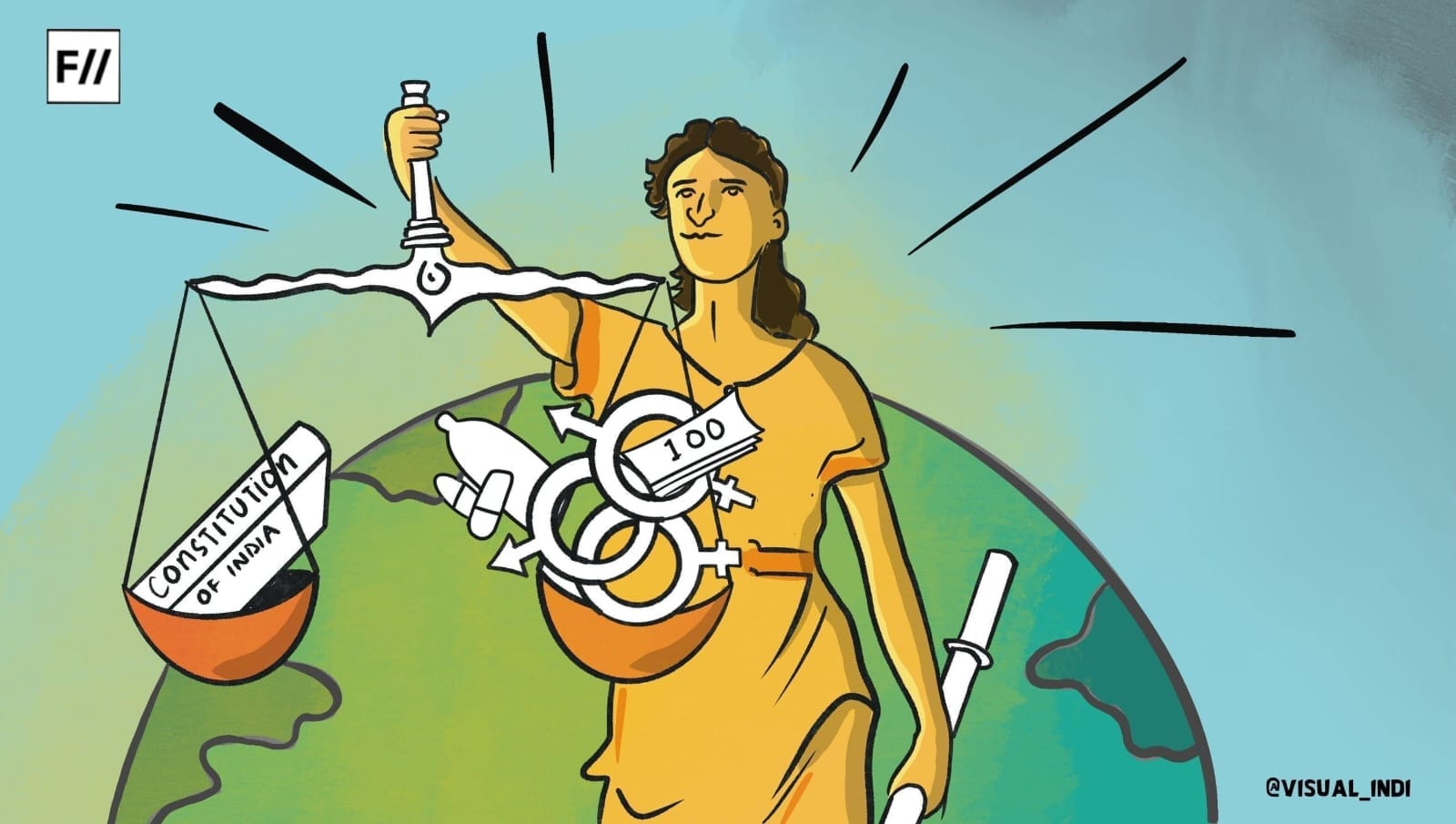
In 2024, while hearing a case of sexual violence following a Grindr date, the Madras High Court remarked that Grindr was being used to commit offences. He further added that the app was ‘illegal‘ not for catering to queer people but because it was ‘serving only a prurient and sexual interest of the parties‘.He went on to suggest the app be banned.
This plays right into the homophobic stereotype that queer people are hypersexual and sexual deviants, which then makes them less deserving of justice in matters of sexual violence in the institutional, as well as societal, imagination. When police and court personnel operate from a place of homophobia, they will inadvertently minimise and dismiss instances of sexual violence against queer victims.
Reporting and subsequent investigations and court proceedings can also out queer people, which can increase the risk of familial or community violence against them. Further, societal homophobia can also be a hindrance. Even in the Kerala case involving the child, many on social media faulted the child for signing up to a dating app, especially one aimed at gay men. Such victim-blaming stems from homophobia and can not only discourage reporting but can carry numerous social costs as well, for victims and their families. Therefore, robust policy frameworks that ensure the privacy of victims throughout the investigative and judicial processes are crucial.
The Kerala case serves as a call to action, underscoring the need to address legislative shortcomings.
The Kerala case serves as a call to action, underscoring the need to address legislative shortcomings. Alongside mandatory age verification, introducing provisions to address sexual violence against victims regardless of their gender and sexual identities, and undertaking institutional sensitisation, policy to address peripheral issues associated with data seeking, handling, and disposal when documentation for age verification is sought is also essential. These measures are critical to ensuring children can continue to access online spaces safely, and also in ensuring that all gender and sexual minorities enjoy equal protection of the law.
About the author(s)
